Swiss chard is a type of vegetable. Botanically it is a turnip. However, it is not its root that is consumed, but its leaves - much like spinach raw as a salad or cooked or steamed. With Stil-Mangold, on the other hand, the stalks are prepared and eaten like asparagus. Eating these flavorful leafy vegetables can help prevent various diseases.
Occurrence and cultivation of Swiss chard

Of the Swiss chard is the cultivated form of the wild beet. It is related to the fodder beet, the sugar beet and the beetroot. In terms of appearance, the leaf chard, with its up to thirty centimeters long leaves, is reminiscent of spinach, while the stem chard has edible stalks that are cooked like asparagus. They are also used in the kitchen as a substitute for turnip stalk or cabbage.
Swiss chard comes in many different varieties. Its leaf color can vary from pale yellow through light and dark green tones to dark red. Its leaves can be both smooth and curly. Like so many old varieties, the Swiss chard has had an amazing career in recent years from the almost forgotten vegetable to the new “in vegetable”. He stood in the shadow of the spinach for a long time, now he is taking back the menu. Gourmets and gourmets in particular appreciate the spicy, strong taste of the chard.
It has been grown for around four thousand years. In the seventeenth century, the Swiss chard was even one of the most popular types of vegetables in Germany. Since it was superseded by spinach for a long time, Swiss chard is currently cultivated on a very small scale in Germany, where it is in season from June to around October. In spring we import it mainly from Spain, Italy or France, because the Mediterranean area offers the sun-loving plant ideal growth conditions.
Effect & application
Chard leaf should only be bought fresh because it does not keep for long. If it is not possible to prepare it immediately, it can be wrapped in a damp cloth and stored in the refrigerator. This will keep it fresh for a day or two. Stil-Mangold, on the other hand, stays fresh for about a week in a damp cloth. Swiss chard can be frozen if it is briefly blanched, quenched and gently squeezed out beforehand.
Mangold is diverse in the kitchen. It can be fried, steamed or baked. Like young spinach, Swiss chard can also be eaten raw in salads. Lightly blanched, it also looks good in a lukewarm salad. With leaf chard, the leaves, including the ribs and stems, are used; with stem chard, leaves and styles are separated during cooking. This is because the leaves cook faster than the stems. These should be peeled off before cooking to remove tough fibers. They need about eight minutes to cook in a saucepan.
Three minutes later, the leaves are added, which only take five minutes. So that Swiss chard does not turn brown when cooked, it should be blanched in salted water and then immediately quenched by dipping it in ice-cold water. Leaf chard and Swiss chard must be washed very thoroughly before processing, as there is plenty of sand in the grooves of the leaves and between the stems.
Many gourmets are convinced that Swiss chard tastes best when steamed, as this is where its intense nut aroma emerges most. Swiss chard is best steamed in olive oil or butter with the addition of an onion and garlic. To do this, its leaves are cut into narrow strips. Steamed Swiss chard should not be kept warm, as otherwise harmful nitrate could form. The large leaves of the Swiss chard are also ideal for stuffing or as a wrap.
Importance for health, treatment & prevention
Swiss chard is rich in vitamins, minerals and trace elements such as iron, phosphorus, folic acid, magnesium, iodine, sodium, potassium and calcium. It also contains a lot of protein. The vitamin K it contains promotes blood clotting and bone formation in the human body and strengthens teeth. Chard contains thirty-eight milligrams of vitamin C per hundred grams.
This contributes to physical and mental freshness and strengthens the immune system. Vitamin C is particularly valuable in stressful situations or with colds. In combination with vitamin E and other plant pigments, it can counteract various cancer triggers - for example by intercepting harmful free radicals. Swiss chard is also rich in vitamin A, contains vitamins B1, B2 and beta-carotene.
Mangold also contains bioactive substances - so-called "secondary plant substances" - which are thought to have a disease-preventing effect. For example, like spinach and kale, the plant contains large amounts of plant pigments from the carotenoid group. These protect human cells and mucous membranes. In addition, they are considered effective cancer prevention. In traditional folk medicine, Swiss chard is a popular natural medicinal plant. For centuries it has been considered to be particularly beneficial for restlessness or nervousness. It works against concentration disorders, invigorates the brain and activates mental freshness. It has also been used successfully against constipation, because it has a detoxifying effect on the intestine and eliminates various digestive disorders.
Mangold was also able to bring relief with skin diseases. Swiss chard can stimulate cell respiration and lower blood fat levels. Like spinach and rhubarb, Swiss chard also contains oxalic acid. People with kidney problems should therefore not consume Swiss chard. However, the leafy vegetables are completely safe for healthy people.

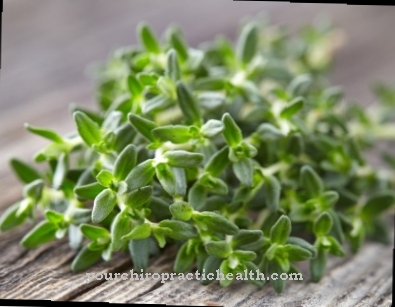
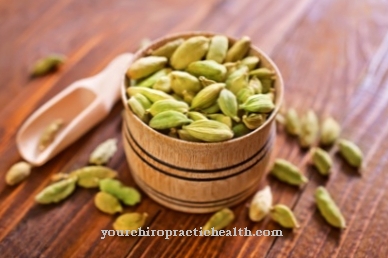
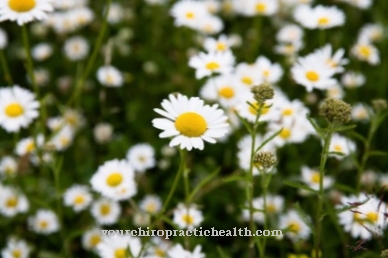
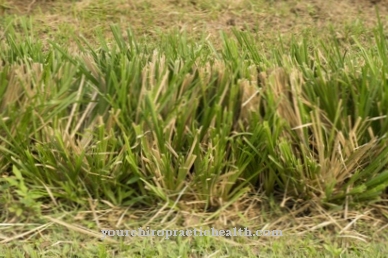
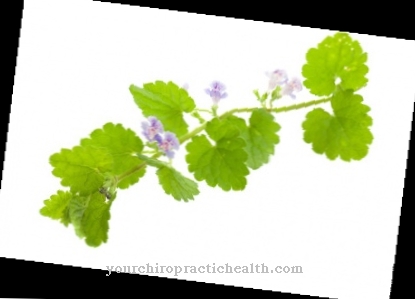
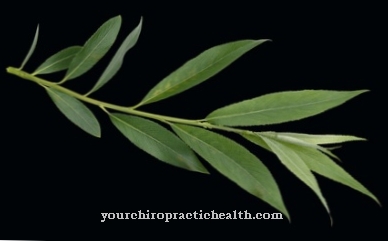

.jpg)



















